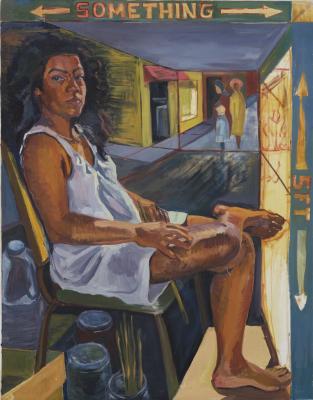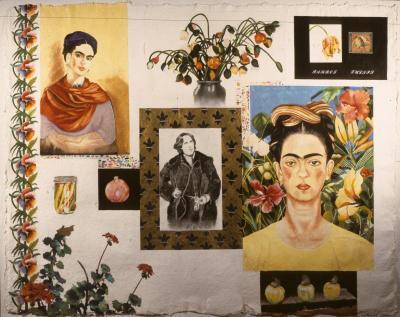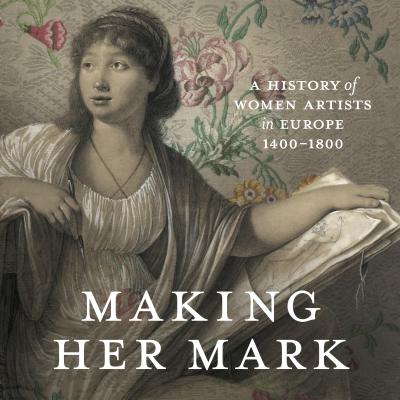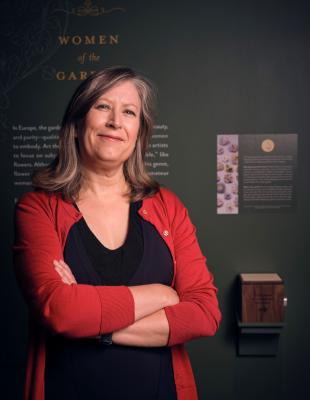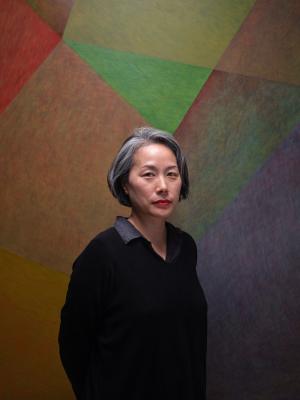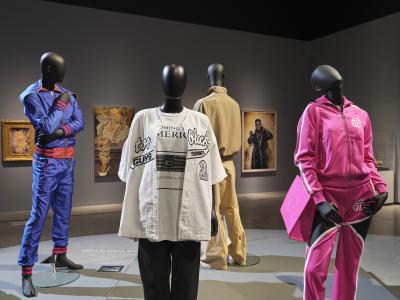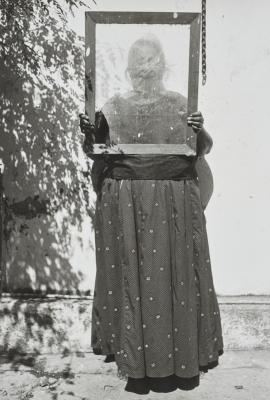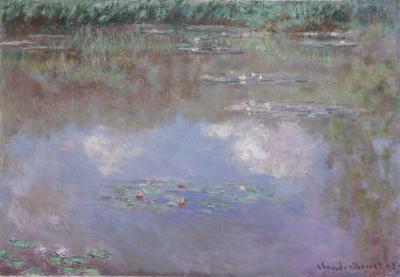
The Convalescent
Learn how James Tissot depicted the contradictions of Victorian womanhood

James Tissot. The Convalescent, 1872. Oil on wood, Overall: 37.5 x 45.7 cm. Art Gallery of Ontario. Gift of R.B.F. Barr, Esq., Q.C., 1966. Photo © AGO. 65/28
In the painting The Convalescent (1872) by James Tissot (1836-1902), a young woman wearing a white housecoat lounges on a chintz chair in a greenhouse. She reclines against a patterned yellow pillow surrounded by tropical plants. She looks off to the side with a resting facial expression.
Tissot was a French artist renowned for painting fashionable figures and Victorian scenes, particularly modern women from the 1870s and 1880s. His works showcase the contradictions of the Victorian era, highlighting how women simultaneously navigated the speed of modern life, the enduring pace of nature, and the slow aspects of their everyday lives. Tissot often portrayed scenes of women resting, waiting, or recovering from sickness.
In The Convalescent (1872), a young woman reposes in a domestic conservatory — a scene that Victorian audiences would have found sexually suggestive yet socially acceptable. In the 1999 book Seductive Surfaces: The Art of Tissot, author Edward Maeder notes that the black soutache braiding and seams on the woman’s dress were frequently illustrated in fashion journals at the time and originated from central European folk embroidery. Maeder explains that the outfit can be “read either as a fashion statement or as the last stage of mourning”, with the black cross ribbon necklace worn around the woman’s neck appropriate as mourning jewelry.
The Convalescent will go on view as part of the AGO’s upcoming focused exhibition Tissot, Women and Time. According to guest curator of the exhibition Dr. Mary Hunter, the woman’s stylish dress, the yellow pillow and the tropical plants depicted in the painting are all objects introduced to Europe through colonial conquests in the southern hemisphere, symbolizing the speed of global travel, trade and fashion. In contrast, the young woman shown recuperating at home represents the long, slow hours of middle-class womanhood and illness.
In his works, Tissot captured the coexistence of two contrasting realities: the rapidity of bustling modern life and the unhurried pace of Victorian domesticity. In the panel texts of the AGO exhibition, Hunter explains that in this era of industrial change, some women thrived in cities or laboured in factories, while others spent their days waiting for a marriage proposal or recovering from illness. Hunter states that the temporal contradictions in Tissot’s work are also reflected in Victorian-era conceptions of femininity, which portrayed women as both sexual yet innocent, sickly yet seductive, and timeless yet modern.
The AGO currently holds the largest public collection of the French artist’s prints outside the Bibliothèque Nationale in Paris. In Tissot, Women and Time, three paintings and 34 works on paper illustrate how, from 1870 to 1885, Tissot often portrayed women of various classes in different settings. He showed them symbolizing the seasons, socializing in the bustling streets of London and Paris, or lounging at home.
Tissot, Women and Time opens to the public on Level 1 of the AGO in Walter Trier Gallery (gallery 139), Nicholas Fodor Gallery (gallery 140) and gallery 141 beginning December 21, 2024. The exhibition is guest curated by Dr. Mary Hunter, Associate Professor of Art History, McGill University, in conjunction with Caroline Shields, Curator, European Art at the AGO, and Alexa Greist, Curator & R. Fraser Elliot Chair, Prints & Drawings at the AGO.






